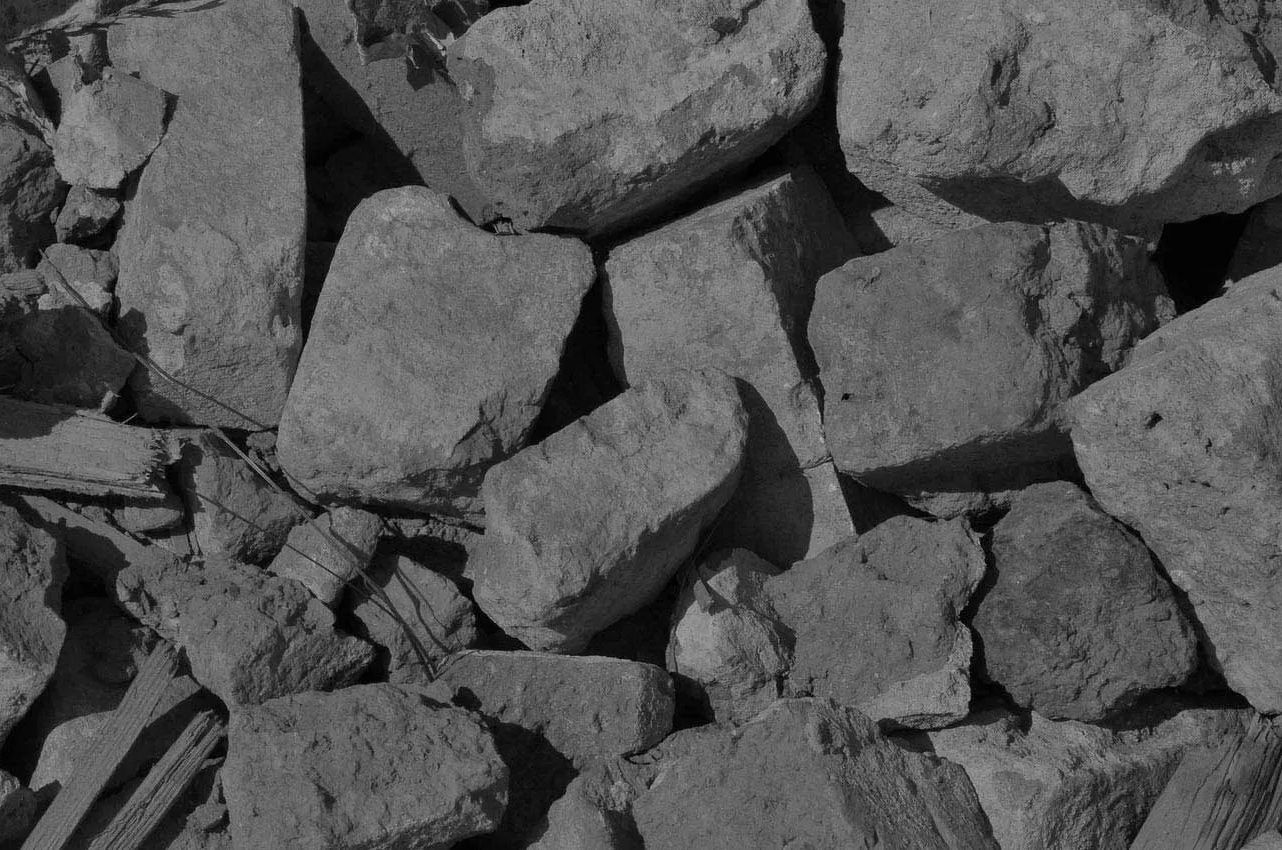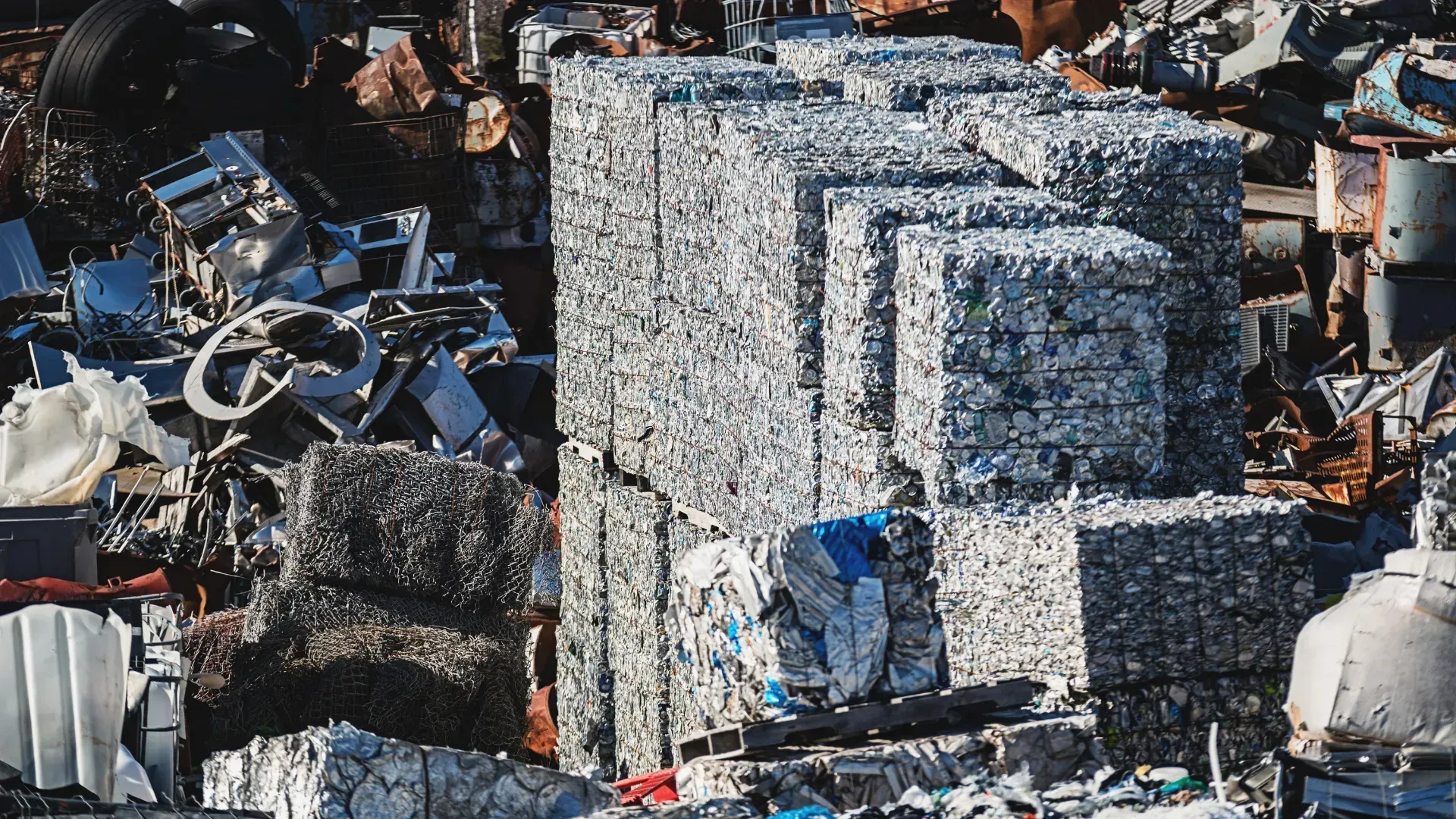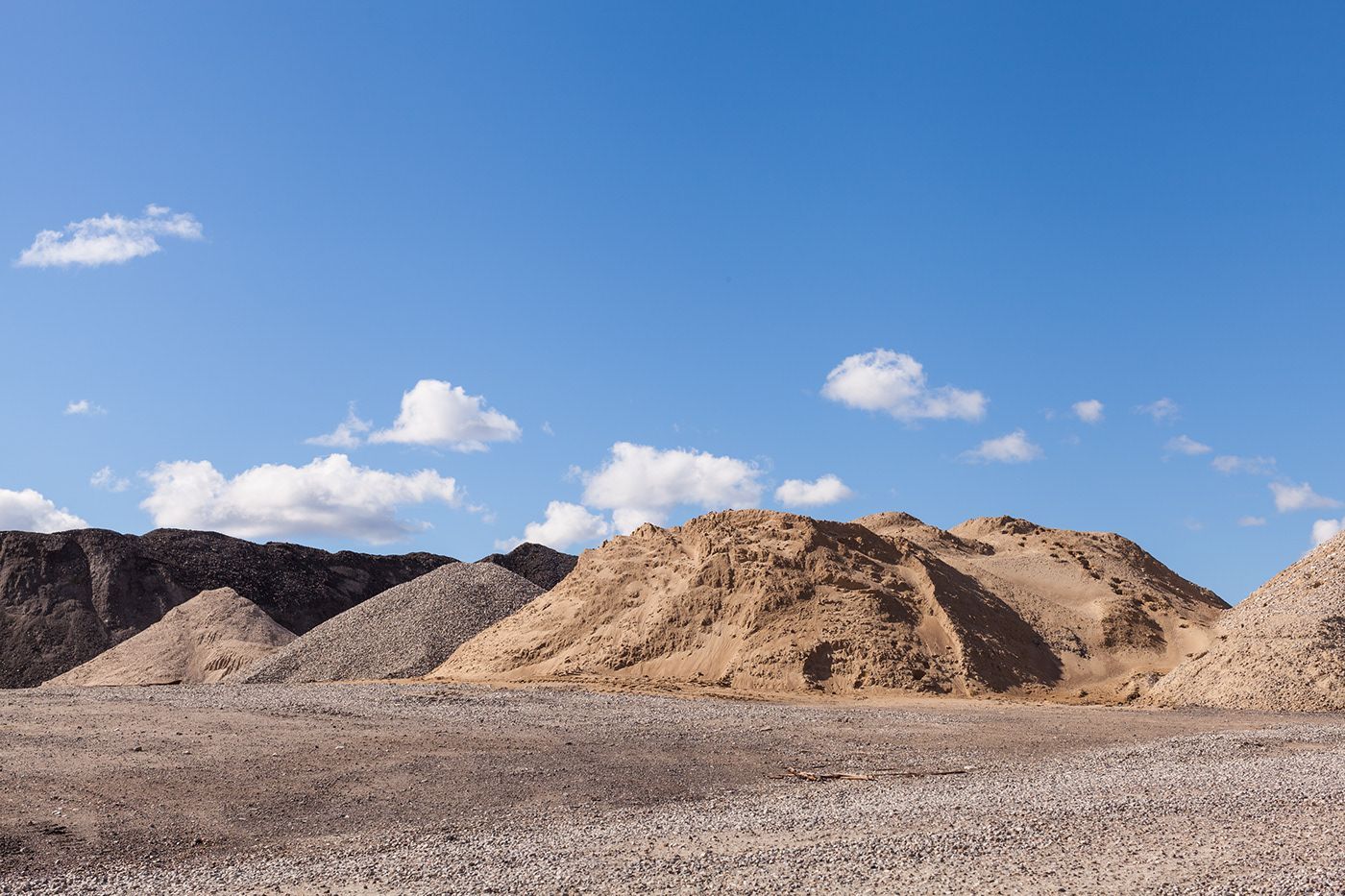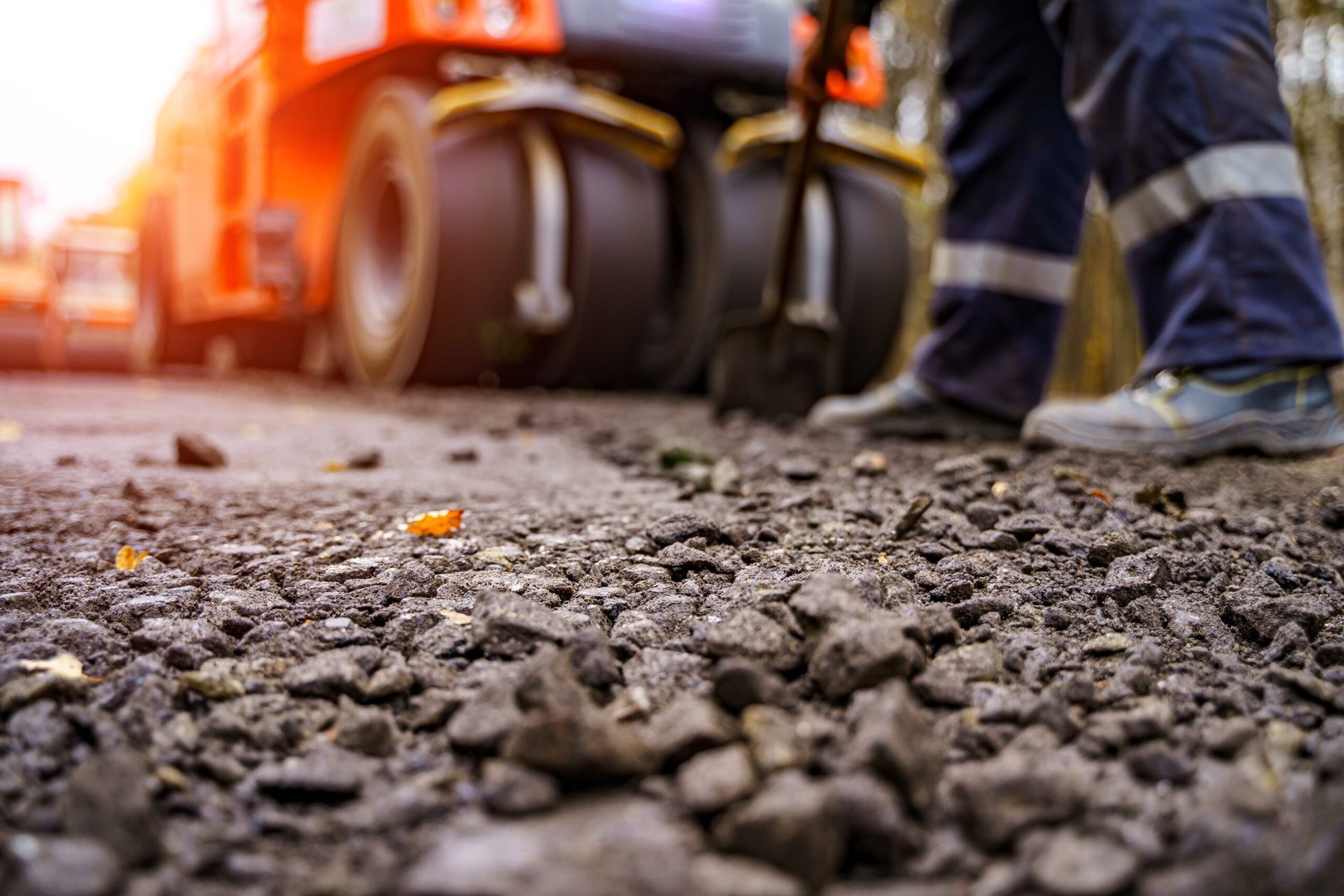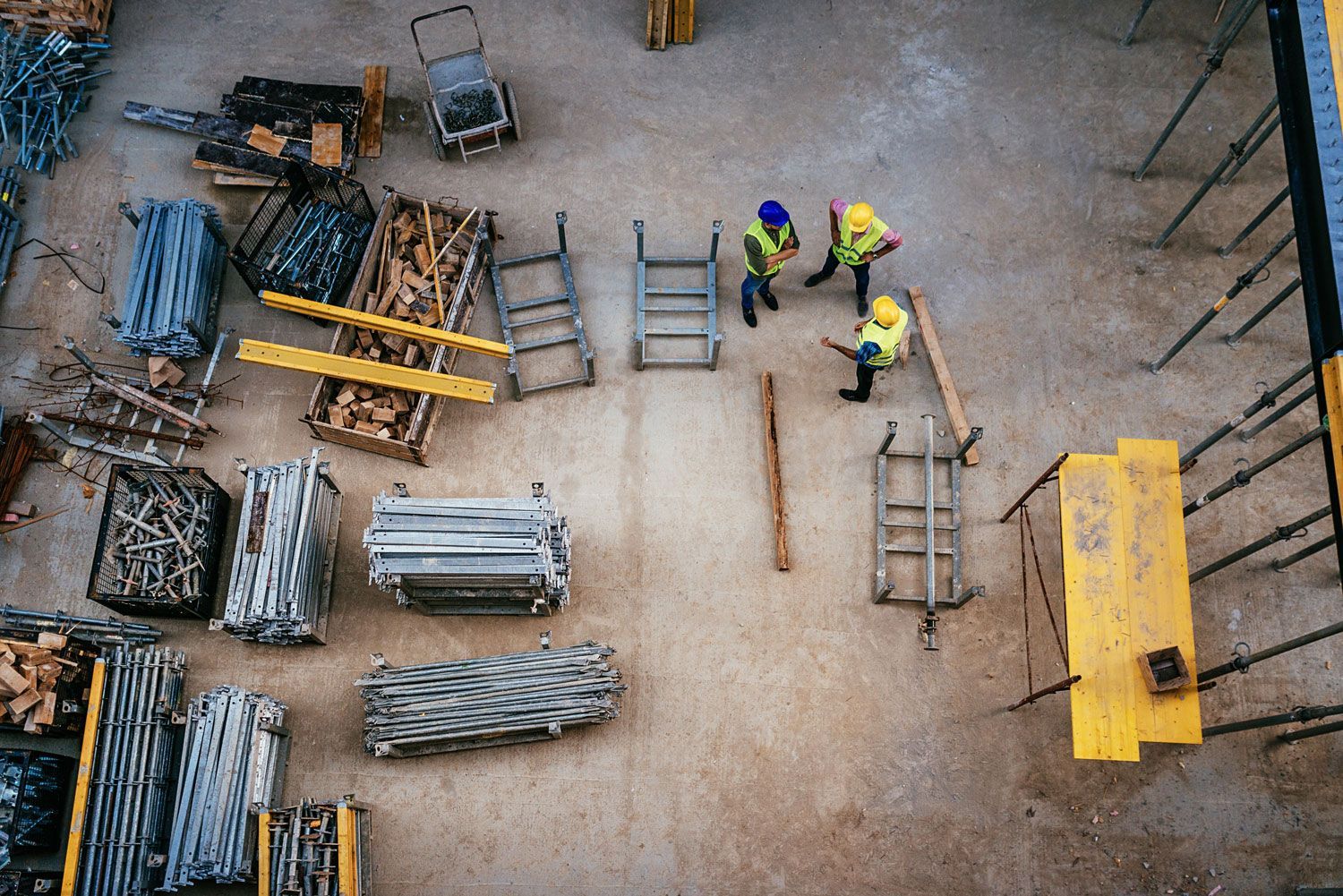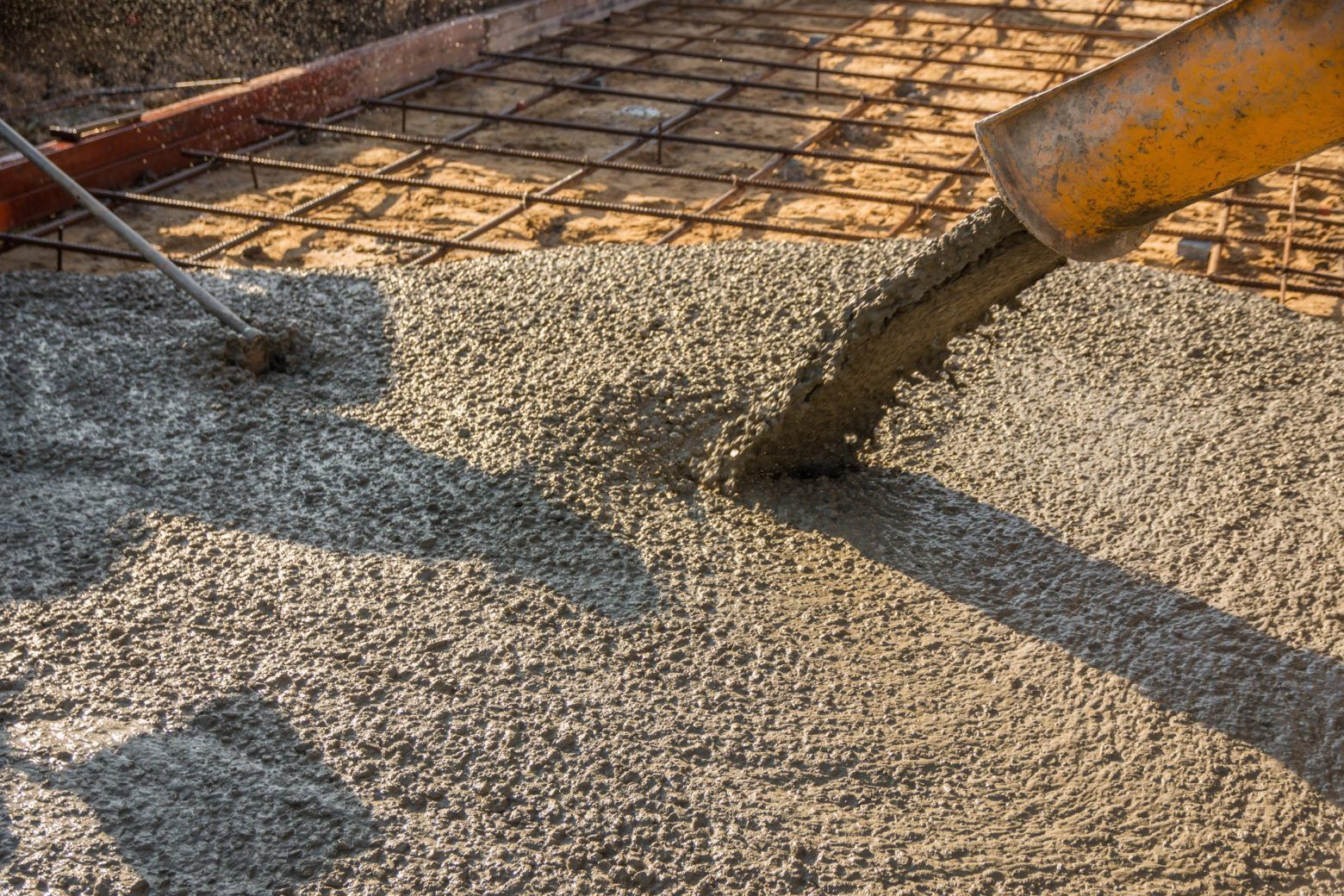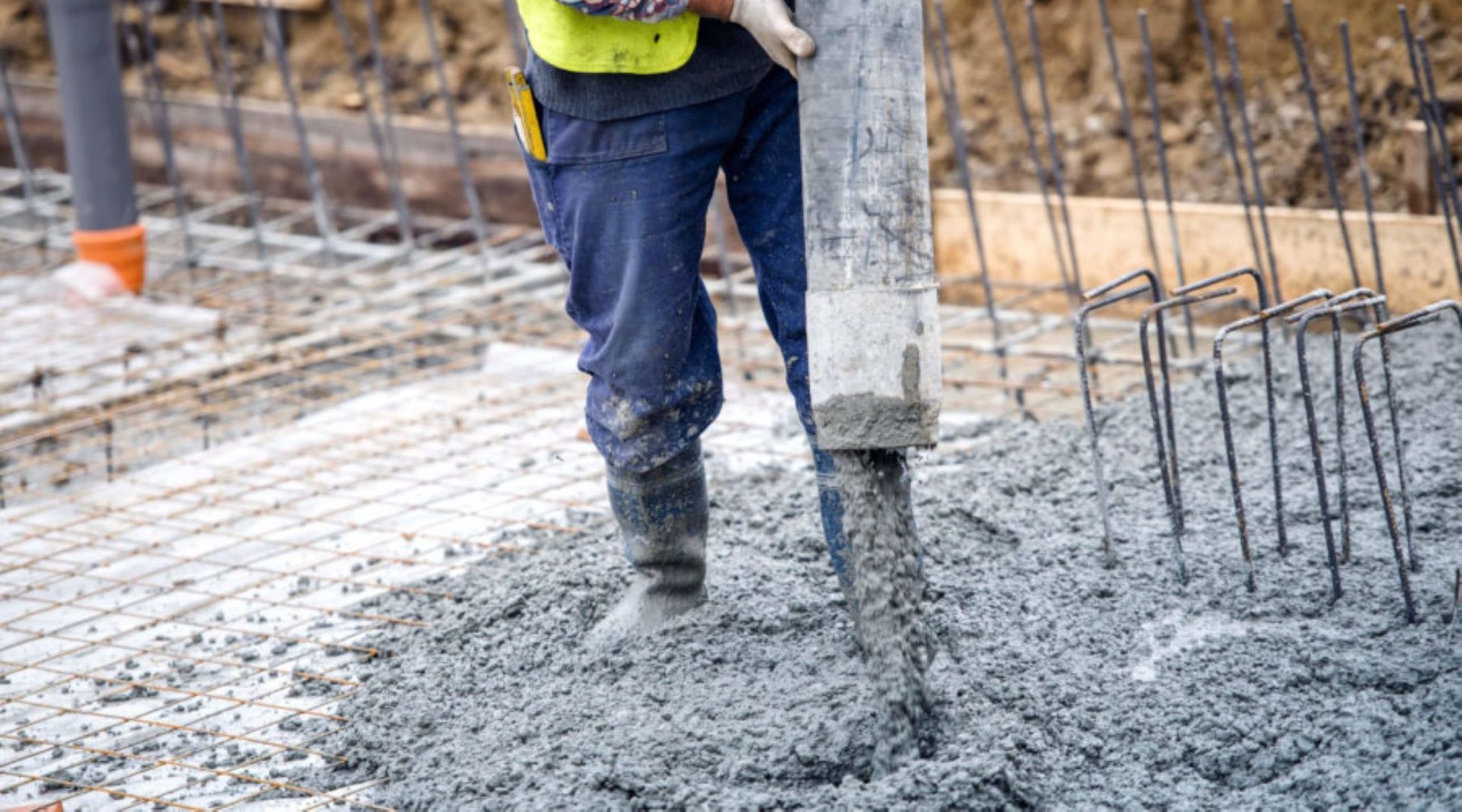How to Build a Dry River in Your Garden
Many garden features require water in order to function, such as fountains, ponds, and pools. However, a dry river bed can be a lovely addition to the garden without requiring any type of water. Not only does it look beautiful and add an eye-catching design to the garden, it also improves your drainage.
Why Install a Dry River Bed?
Do you end up with a puddle in your garden when it rains? If you have a soggy patch or two after the rain, you may find that a dry river bed is your best option for providing drainage in the best possible way.
This is also a way to create a bit of a talking point in your garden and the river bed can become the start of a lovely garden feature. Add plants and flowers nearby and you’ll find that not only are your soggy lawn issues gone, but you have a lot more plants to enjoy, as well. Better yet, you don’t need any type of water to keep this feature looking great.
Steps to Create Your Dry River
First, determine the size of your river bed. Usually, these are between half a metre and a metre wide, but the choice is yours. The larger your garden, the bigger the bed may be. You should also plan to build it around the areas that are already poorly drained, but allow for a meandering design. It should resemble a river and not simply cut across the garden in a straight line. Curves are ideal for this method.
Now you can follow the next steps to creating your dry river.
Excavate the River: You’ll need to dig roughly 15 inches into the ground, which may be done manually or with heavy machinery, depending on the width of the river. The sides should be gently sloped, much like a real river.
Add Landscape Fabric: The next step is to tamp down the ground and compact it. Once the bottom of the river is hard, spread landscape fabric over it all to ensure the weeds don’t grow up between the rocks later on.
Lay the Foundation Gravel: Spread an inch of crushed gravel along the bottom of the river and spread this up the sides, as well. You should have no problem with keeping it in place, as the sharp edges of the gravel will hold it in place.
Create Edges: The edges of the river should have larger chunks of rock that will border it. Most people like to make this look as natural as possible.
Fill in the River: Add in assorted sizes of gravel and rock to fill in the river bed. As the rain falls, the water will run between the rocks and gradually drain away without creating a mess or soggy areas.
Need rocks to start building your own rock river?
Contact Thompson Quarries to find out what we can provide.







